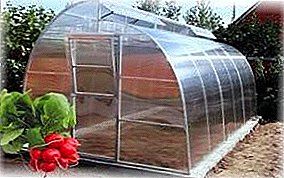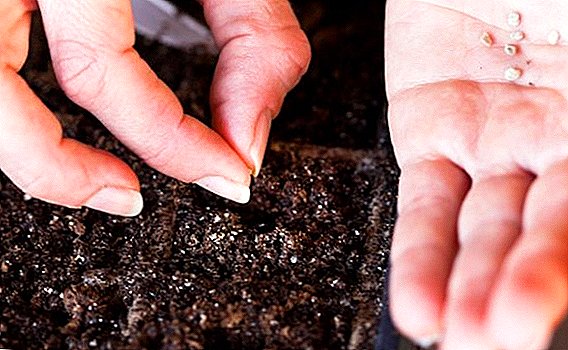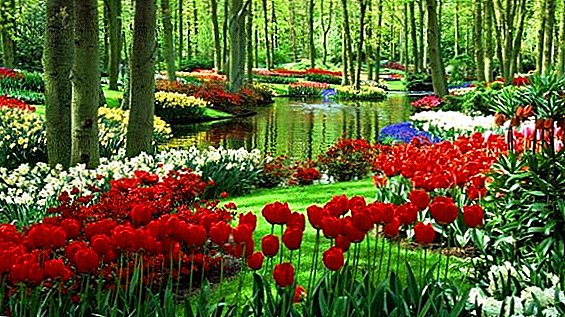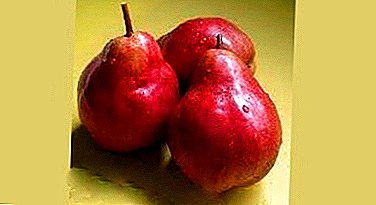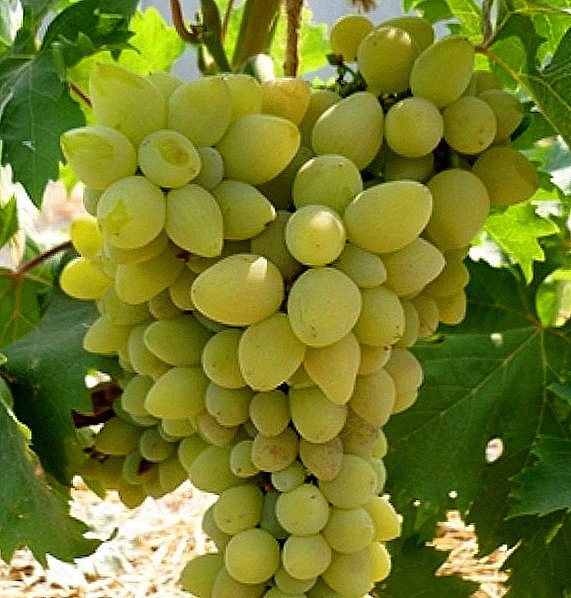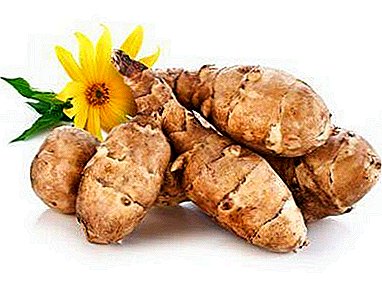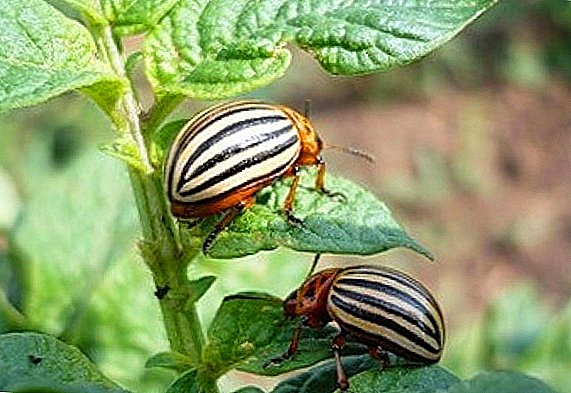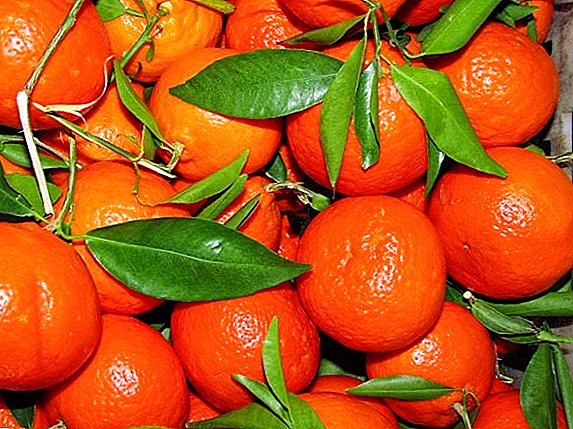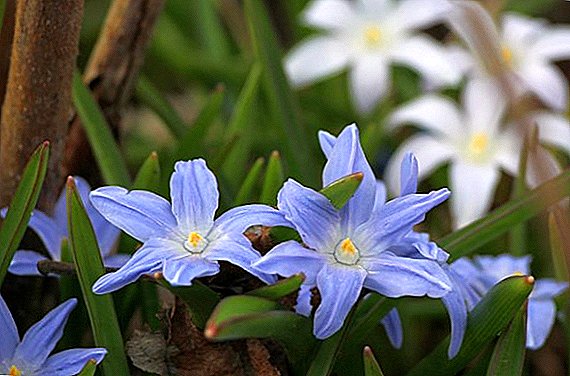 The beginning of spring, the plots still snow, and hionodoksa has already appeared and blossomed from the ground. For early flowering, this plant is also called "snow beauty" or "snowman."
The beginning of spring, the plots still snow, and hionodoksa has already appeared and blossomed from the ground. For early flowering, this plant is also called "snow beauty" or "snowman."
Description, variety, variety
Chionodox - short perennial, its height does not exceed 15 cm. It belongs to the family of lily. From the ground simultaneously with the buds appear 2 broadly lanceolate leaves of saturated green color. The flowers have the shape of a bell or a star, are collected in buds of various colors - white, pink and blue. In June, a fruit box is formed with seeds that have thickened appendages that ants greatly love. They spread them on the ground. Plants have a modified onion stem with light scales.
In nature, there are 6 types of hionodox, and in landscape design 3 of them are popular:
- Chionodoxa "Lucily" grows in the mountainous regions of Asia Minor, blooms in nature in April-May, and in culture, depending on the area where it is planted. Duration of flowering is about 20 days. On a single peduncle, whose height is 20 cm, there are flowers with a diameter of up to 3 cm, collected in inflorescences of several pieces. Varieties with different colors of flowers are derived: white, pink, blue and purple. Chionodoksa "Lutsiliya" is the most popular species for planting and undemanding to care, does not need shelter when planting in open ground during the winter. Popular varieties:
- "Rosea" - flowers pale pink with lilac blotches;

- "Lilacina" - large petals of a lilac shade, later becoming white;

- "Lilac Mist" ("Lilac fog") - flowers are completely lilac;

- "Sea Star" ("Starfish") - large, rich blue flowers with white center;
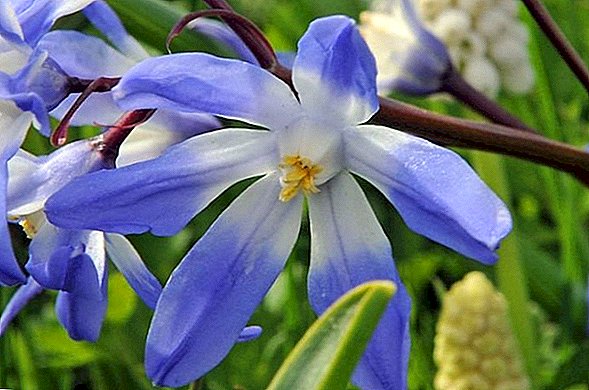
- "Violet Beauty" - have a purple color;

- "Alba" - A variety of hionodoksy "Lucily Alba" blooms in mid-spring for 2 weeks with snow-white flowers with a diameter of 2.5 cm.
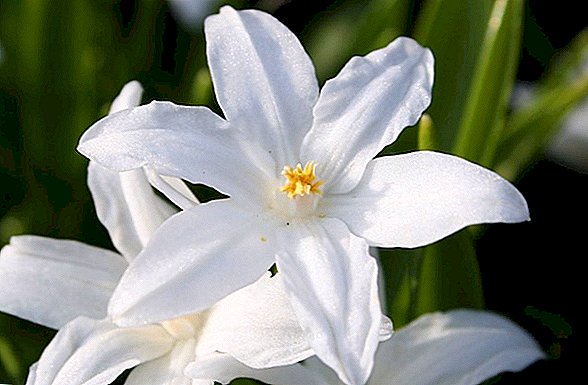
Did you know? Chionodoxa "Lucily" - the first species that was domesticated. The first mention of this flower is found in 1764.
- Hyodonox Forbes grows in southwest Turkey, has been used in landscape design since 1976. This species blooms 2 weeks later than Lutsilia; the peduncle reaches a height of up to 25 cm, in which up to 15 flowers of blue or blue-violet shade are bloomed. They reach a diameter of 4 cm and are collected in clusters in the form of a brush. The peculiarity in coloring is that the central area around stamens is painted white. This type of hionodoxy does not set seeds, and up to 4 new ones are formed annually on a single flowering bulb. Breeders bred varieties with white and pink halo. The most popular and famous is the variety "Pink Giant" with pink large flowers.
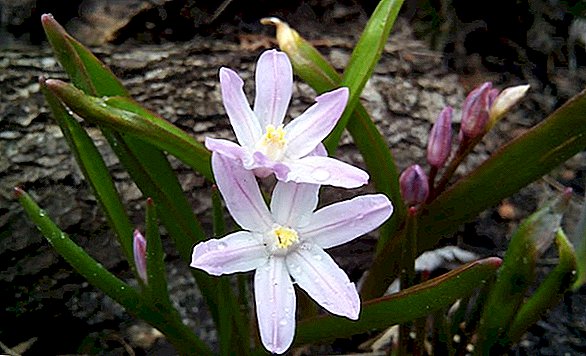
- Chionodoxa Sardinian come from Asia Minor. The height of the plant is up to 12 cm, it forms three peduncles 14 cm high, each of them can bloom up to 10 flowers of rich blue color, each up to 2 cm in diameter. Leaves are dark green in color, up to 13 cm long, several in one plant. Blossoms 1 week later than the lucilia chioneodox, flowering time 25 days.
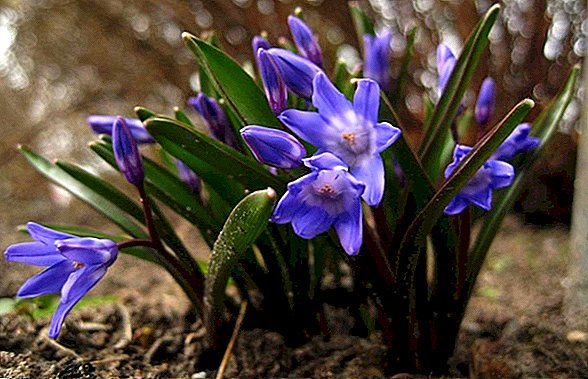
Growing conditions
Chionodox bloom one of the first. Their number on the site can be impressive, and the spring garden will look magical. Therefore, one of the main conditions for the cultivation of this flower is a properly chosen landing site.
Important! The thickets of this crop grow in one place for a very long time, but in order for the flowers not to shrink and their decorative plants disappear, it is necessary to replant them every 5 years.
Location and lighting
Preference is better to give a well-lit sunny places. If you plant where the snow comes off early, then hionodoksa in the garden will bloom one of the first. Planting in the penumbra will prolong the flowering time of this plant. Another option is planting under deciduous trees: since the leaves appear late, light penumbra will not interfere with the flowering of chionodox. In landscape design, the best place for this culture is the alpine slide or rock arias, which are always located in sunny places. 
Soil selection
The plant grows best in well-drained, humus-rich, fertile soil that has neutral acidity. Does not like acid, clay soils and wetlands.
If you want to enjoy beautiful flowering in early spring, plant crocuses, snowdrops, anemone, muscari, periwinkle, hyacinth, liverworms, primroses, daffodils, freezers, backflowers, and proleski in a flower garden.
Landing hionodoksy
The planting of this plant can be carried out in the fall as lukavitsami-children, and seeds. The bulbs are laid in the ground to a depth of 8 cm, maintaining a distance of about 5 cm between them. Seeds are sown in prepared furrows to a depth of 2 cm. If dried peduncles are not removed from the site in time, self-sowing of this plant is possible, which leads to the formation of wild-growing specimens.
It is best to hionodoksy sit down and transplanted to another place during flowering, not allowing them to dry very thin roots. Every year, several babies form around the flowering bulbs and over time their nest forms, which does not disintegrate during flowering, if it is necessary to dig up a bush and plant. Unpretentiousness in the transplant during the growing season allows you to easily unravel and replant even perennial thickets of this culture. For autumn planting, the bulbs are dug out at the end of July, when the foliage is dry, and stored in a dark, dry place. When sowing seeds, the plant blooms only for 3 year.
Did you know? For simplicity and unusual color hionodoksa Sardi was awarded the prize "AGM" for services to the garden of the British Royal Society of Gardeners.

Plant Care
In order for these early flowers to please the eye, you need to follow just a few simple rules:
- during the growth and flowering of chionodoxes to monitor the level of soil moisture;
- loosen the soil and remove weeds in time;
- time to feed bushes fertilizers.
How to water
Watering should be moderate, without stagnant water, as it is detrimental to this plant. Also, do not let the soil dry out.
Soil care and weeding
Spring moisture in the right amount feeds the plants, and so that the excess water does not damage the flowers, weeding and loosening the soil next to these sites is carried out for good aeration. It is necessary to remove weeds from hionodox bushes in time, as they can clog the flowers and they will die. 
Fertilizer and dressing
Fertilizers and feeding are another important step in the development of a healthy plant. A mixture of compost and river sand is put into the well before planting. Later hionodoksy fertilized in early spring, it is possible over the snow, mineral nitrogen fertilizers. Organic fertilizers are applied in dissolved form during flowering. The area where hionodoksa grows, it is necessary to mulch with humus.
Important! The mineral fertilizer is carefully sprinkled around the plants so that it does not fall on their leaves, as this can cause a burn.
Diseases and pests of the flower
This culture is disease resistant. Only with prolonged stagnation of water, good conditions are created for the formation and reproduction of putrefactive bacteria that damage the bulbs. To rot did not spread to other plants, damaged specimens must be destroyed. To prevent the disease, landing hionodoksy are made on high ground.
The main pests are onion mites and rodents. You can get rid of them by treating the plants with a soap solution or an infusion of onion peel. Good results show poisonous bait. Chionodoxa is an excellent early-flowering plant that does not require special care, so it is suitable for growing for both professionals and novice gardeners.
Chionodoxa is an excellent early-flowering plant that does not require special care, so it is suitable for growing for both professionals and novice gardeners.










